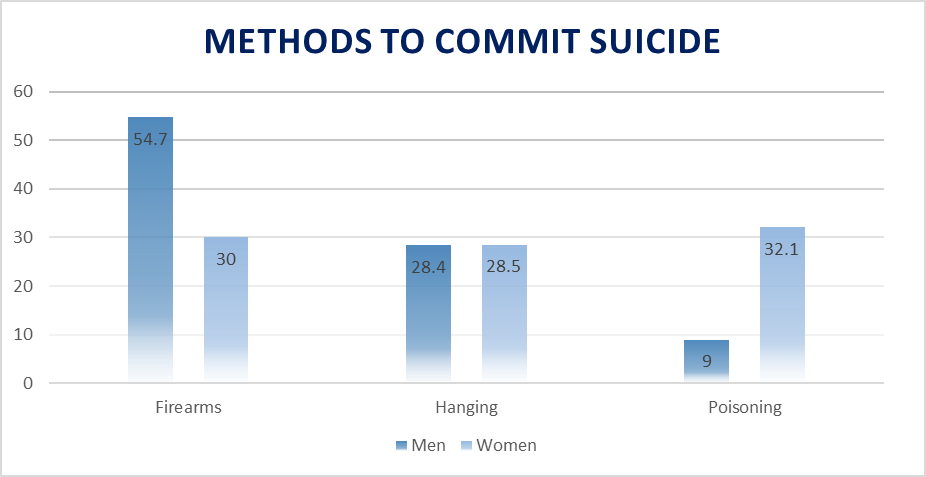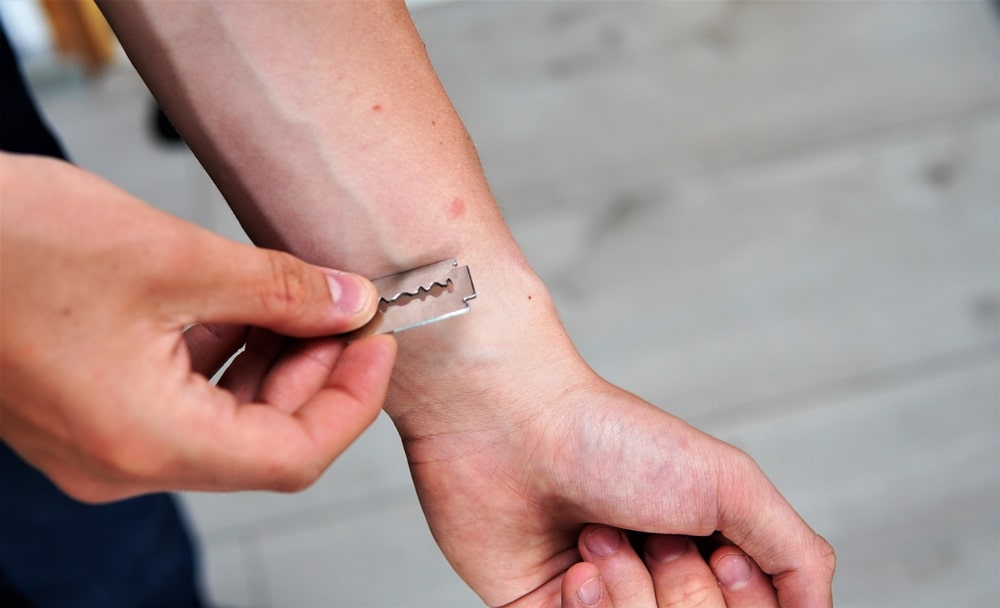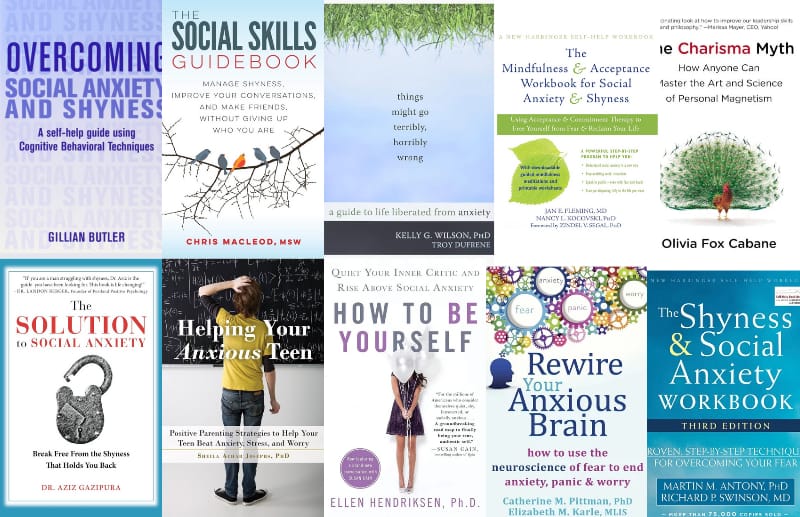Suicidal ideation (SI) is a state of severe depression, hopelessness, and loneliness that is characterized by unbearable thoughts and feelings. It is a state of intense emotional pain in which you think death is only a means of escape. However, you can save a life—either your own or someone else who has thought about suicide.
In the United States, 47,500 people commit suicide every year. A small study found suicide remains a serious public health condition in the US. Suicide is the second-leading cause of death, especially in younger adults (aged 15-24 years). It is assumed that when people attempt suicide or say they want to die, they are either in a depressive state or experiencing a lot of emotional pain.
Passive suicidal ideation vs active! Are people who have active suicidal ideation at risk? How can you help if someone tells you they want to die? The article will cover everything you should know about suicidal thoughts and behaviors.
Active suicidal ideation vs passive
Suicide is a tragic approach to an intolerable life. Suicidal thoughts can affect any gender and any age at any time. People may commit suicide passively, or sometimes they plan to self-harm or kill themselves.
Researchers and other experts categorized suicidal thoughts into passive suicidal ideation and active suicidal ideation. Both suicidal thoughts are distinctly different from each other. Passive suicidal ideas don’t involve any suicide plan, whereas active suicidal ideation comes with a plan to self-harm.
Let’s discuss active vs passive suicidality.
What is passive suicidal ideation?
When someone thinks or wants for death to end their life without any planning, it is known as passive suicidality. Feelings of loneliness, hopelessness, sorrow, depression, or anxiety frequently lead to passive suicidal attempts. Many people may attempt suicide passively several times throughout their lives who have chronic mood disorders.
Passively suicidal thoughts are dangerous, but they don’t put you at immediate risk of ending your life. Likely, people with passive suicidal ideas engage in careless behaviors about their health, mental well-being, or safety.
Examples of passively suicidal thoughts include:
- “I wish I die in my sleep.”
- “It won’t be a big loss if this plane crashes.”
- “My life is worthless.”
- “I wanna kill myself.”
- “No one cares about me.”
- “Everyone hates me.”
- “I should die.”
If you’ve experienced similar feelings, there are strategies to deal with these passively suicidal thoughts and begin to feel better. Discuss your thoughts and feelings with a loved one, close friend, or someone you can trust.
What is active suicidal ideation?
Active suicidal ideation is more severe than passive. Active suicide ideation is a state in which you intentionally think about specific ways to kill yourself or when you formulate a plan to do so. A pre-planned and intentional suicidal attempt is active SI.
So, it is when someone intends to kill themselves or commit complete suicide. Put simply, any thought or behavior that relates to someone’s own death with actual planning to carry it out is counted as active SI.
Active suicidal ideation is a sex-linked thought (usually females commit active suicide). Active SI is not a mental health disorder but could be a warning sign that you have developed a mental illness.
According to a self-report questionnaire, active suicidal thoughts were reported by 32.2% of female students aged 13–16. Marital status, breakdown in relationships, sexual minority status, ethnicity status, severe depression, and extreme emotional pain are significant causes of active SI.
Usually, suicidal individuals use the following methods to commit suicide.
Likely, men use more lethal methods to commit suicide, such as firearms, guns, or hanging. Women use less violent methods to attempt suicide, like overdosing, drugs, poisoning, or cutting.

According to psychiatrist Paul Nestadt of the Johns Hopkins School of Medicine, “Suicide is also shockingly impulsive. Most people who decide to do it act within an hour, and over a quarter do it within five minutes. The likelihood of dying during such a time is significantly decreased by not having access to a deadly weapon. “
Signs and symptoms of suicidal thoughts
Whether you or anyone else is thinking about suicide, see the warning signs to save a life from self-harm attempts. Psychologists break down suicidal ideas into three categories.
Behavioral manifestations
- Frequently talking about the topics of death or self-harm
- Using phrases that make death the only option to escape, such as “I wanna kill myself.”
- Making plans or looking for ways to die or self-murder
- Saying goodbye to the people they love
- Excessive use of drugs or alcohol
- Frequent smoking
- Donating valuable items or making a will
- Avoid once-enjoyable activities
- Change in sleeping and eating pattern
- Engaging in harmful behaviors that may signal risk, like overspeeding
- Withdrawing from social media
- Preferring isolation
Physical signs
- Chronic illness
- Cognitive symptoms
- Depression or bipolar disorder
- Anxiety
- Schizophrenia
- Loss of interest
- Irritability
- Great guilt/Humiliation/Shame
- Agitation/Anger
- Scars or other visible signs from previous attempts of self-harm
Psychosocial manifestations
- Feeling hopeless and isolation
- Often sad, fearful, more anxious feelings
- Feeling never-ending emotional pain
- Self-loathing or feeling that life is worthless
- Self-blaming
- Paranoia
- Frequent mood swings
- Sudden changes in attitude or behavior
- Dramatic change in personality
Any demonstrable change in behavior, feeling, mood, or talk, could be a sign of various problems, including passive or active suicidal ideation. Anyone who has such symptoms or signs may be in danger. They should be encouraged to talk with a doctor, mental health therapist, or expert psychologist.
Potential reasons behind suicidal attempts
Suicidal ideations don’t have a single reason. They might arise for many reasons. They might sometimes be a sign of an existing mental health condition, like:
- Severe depression
- Bipolar disorder
- Schizophrenia
- Anxiety disorders
- Addiction or substance abuse
- Eating disorders
- Mild traumatic brain injury
- Post-traumatic stress disorder (PTSD)
Some other serious causes that can lead to suicide.
- Solitude or loneliness
- Feeling failure
- The breakup in a relationship
- Different types of abuse including physical, sexual, domestic, emotional, and digital abuse
- Forced marriage
- Postnatal depression, unwanted pregnancy and childbirth
- Cultural pressure
- Financial pressure
- Long-term physical illness
- Bullying prejudice or social stigma because of your race, gender, handicap, or sexual identity
- Suicidal bereavement
- Other issues such as retirement, unemployment, and homelessness
Genetics and suicidal ideations (SI)
Research studies show that suicidal thoughts, behavior, or suicide are notable heritable phenotypes. You may experience life-threatening thoughts more likely if there is a family history of mental illness, suicidal thoughts, or suicide.
Researchers and experts have found a genome region on chromosome 7 having DNA variations that contribute to suicidal thoughts and increase the risk of suicide attempts, however, research is still in the early stages.
Researchers found that children with a parent who had attempted suicide are more tend to experience more stress in life. They have more difficulty controlling their emotions. Both of these parameters can contribute to active or passive suicidal thoughts or attempts in years to come.
How can I help someone who has passive or active suicidal thoughts or behavior?
There is always hope, solution, and help.
Here are some practical tips and solutions to manage thoughts of active suicide.
To save yourself from SI
If you have active suicidal thoughts or intent to kill yourself, get therapy as soon as possible. Practice meditation, mind-relaxing yoga, and some light exercises to stay active. Try to take a balanced diet and stay hydrated. Relish your favorite meal or beverage, so you feel calmer and less stressed. Get plenty of sleep at least 7 to 9 hours per day.
Taking care of these physical needs cannot surely prevent suicidal thoughts. However, you may be able to tackle them better if your physical needs are met.
Also Read: How To Be Happy: 12 Habits For A Happy Mind Happy Life
To cope with active suicidal ideations, stay motivated about your life. Take an interest in positive things, and try to learn new things it will help divert your mind. Try to find positive distractions by taking part in activities you enjoy. They could help ease painful or dark thoughts. Even lovable activities can rekindle feelings of joy or happiness and give you a few more reasons to keep living.
Try to love yourself for yourself. Think of yourself as important, if not for someone else but for yourself. Read self-improvement books, listen to relaxing music and the best thing to do is make a connection between you and beautiful nature. These mind-empowering activities can make it easier to manage mental health crises. Looking at pictures or videos of people and animals you love can make you feel happier and more relaxed.
Although you are at high risk, seek a doctor immediately because working with an expert mental health doctor is usually a perfect way to manage suicidal thoughts. So, don’t hesitate to consult with expert therapists, counselors, or Psychiatrists.
How to save others’ life from suicidal ideations
When a family member or someone you know is thinking about suicide communicate with them openly. Express your concern and directly ask them if they feel anxious or fearful.
Supporting someone emotionally is the best approach for managing such life-threatening thoughts.
Encourage them to adopt a healthy lifestyle. Healthy lifestyle activities include a balanced diet, plenty of sleep, and outdoor activities, to stay physically and mentally active. Motivate them to recognize their own worth and live for themselves.
Let them know that you are with them, value their presence, and ensure them they are not alone, particularly when they express thoughts of self-harm. Remind them that life is beautiful, and if they choose to love life it will love them back. Don’t let them use any lethal items because they could use them to harm themselves.
Also Read: What To Do When Nothing In Life Goes Right
These are basic approaches to handling passive or active suicidal ideations. When there is a high risk, strongly encourage them to seek professional counseling and therapy. One important thing is to don’t forget to contact the nearest suicide prevention hotline to save a life.


